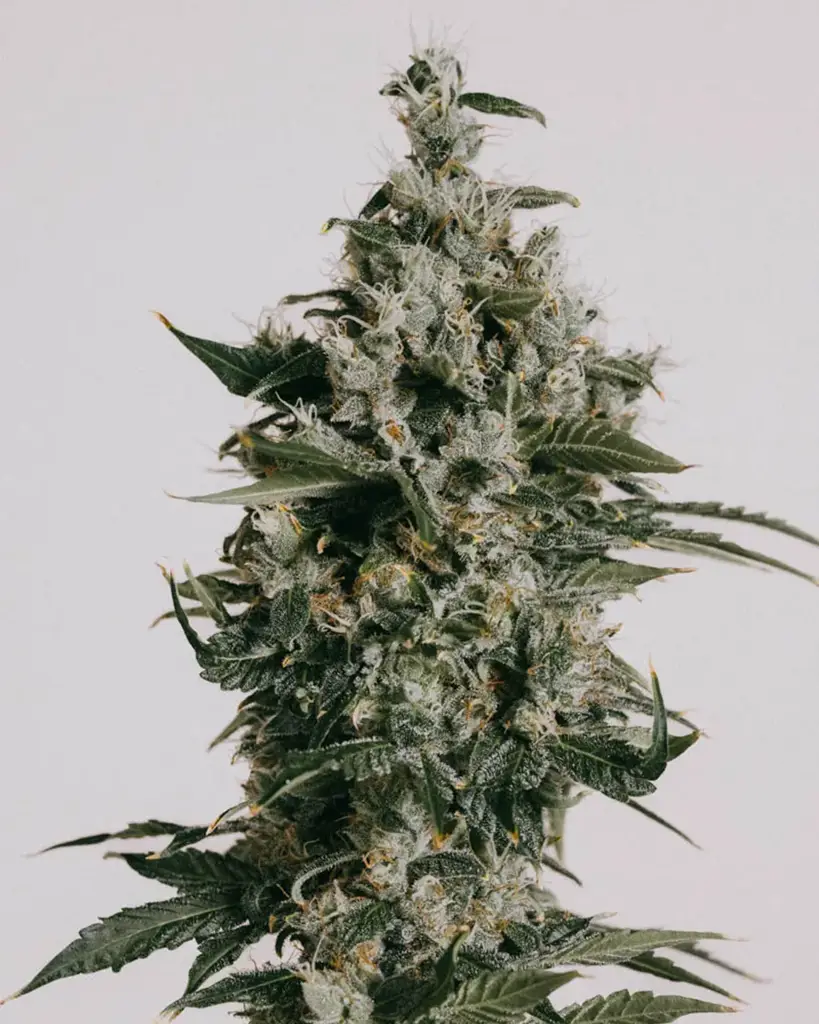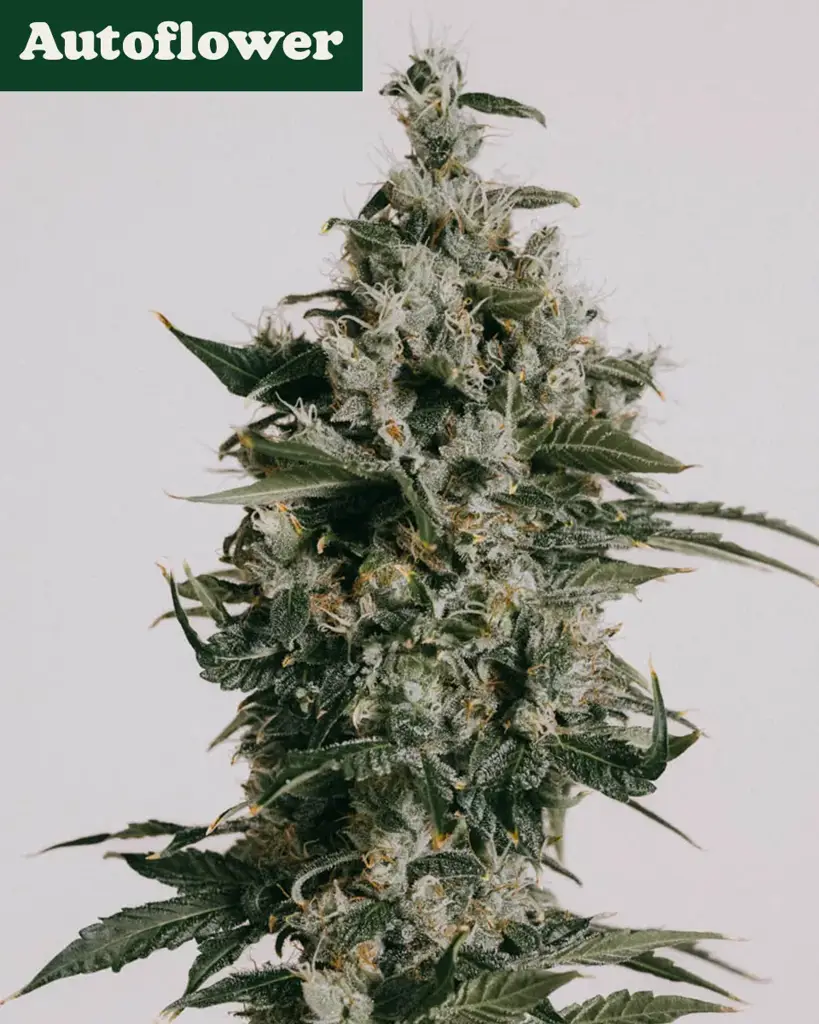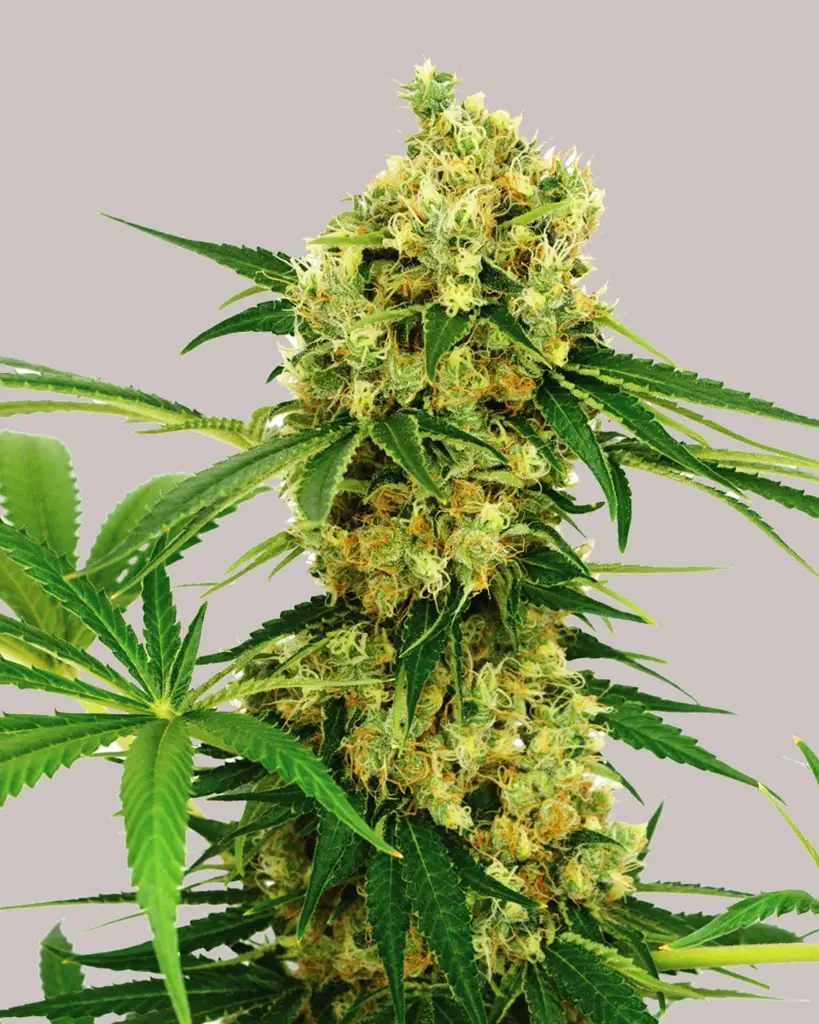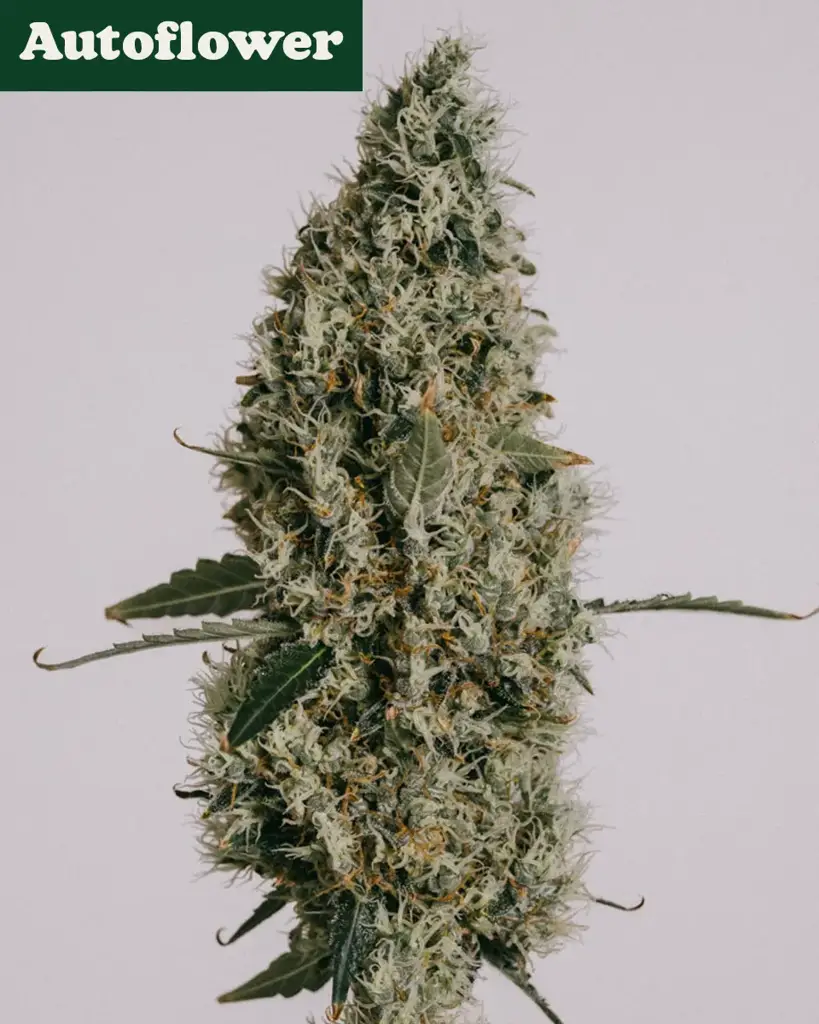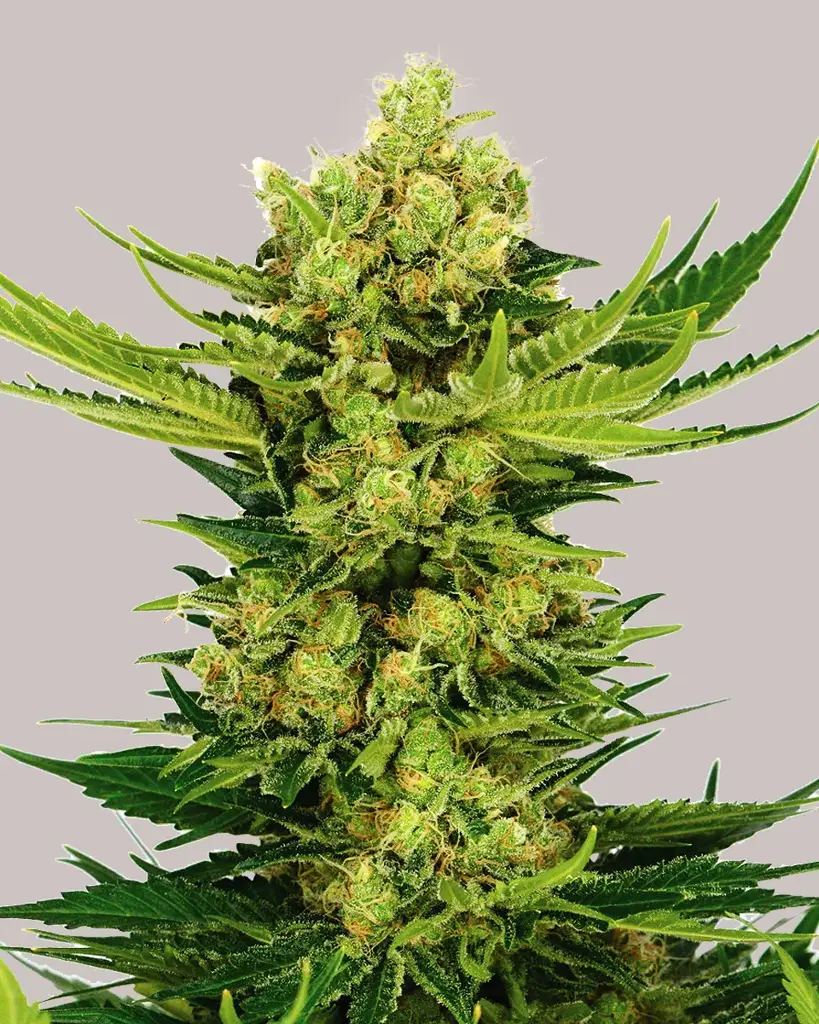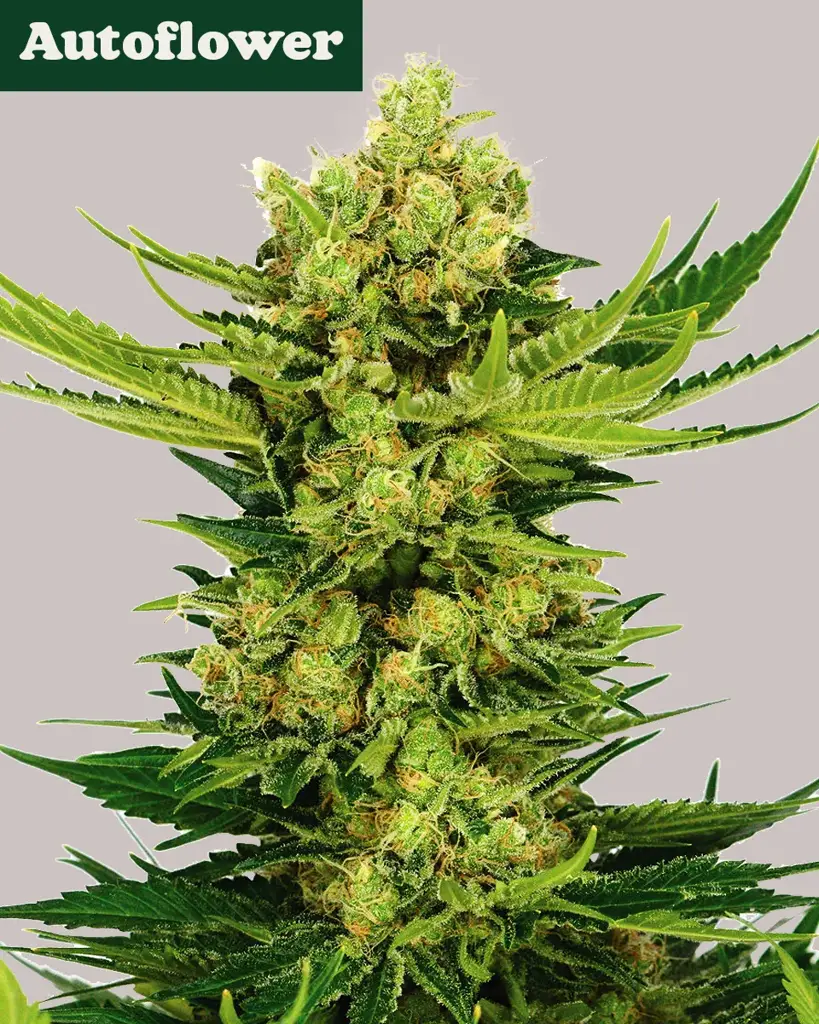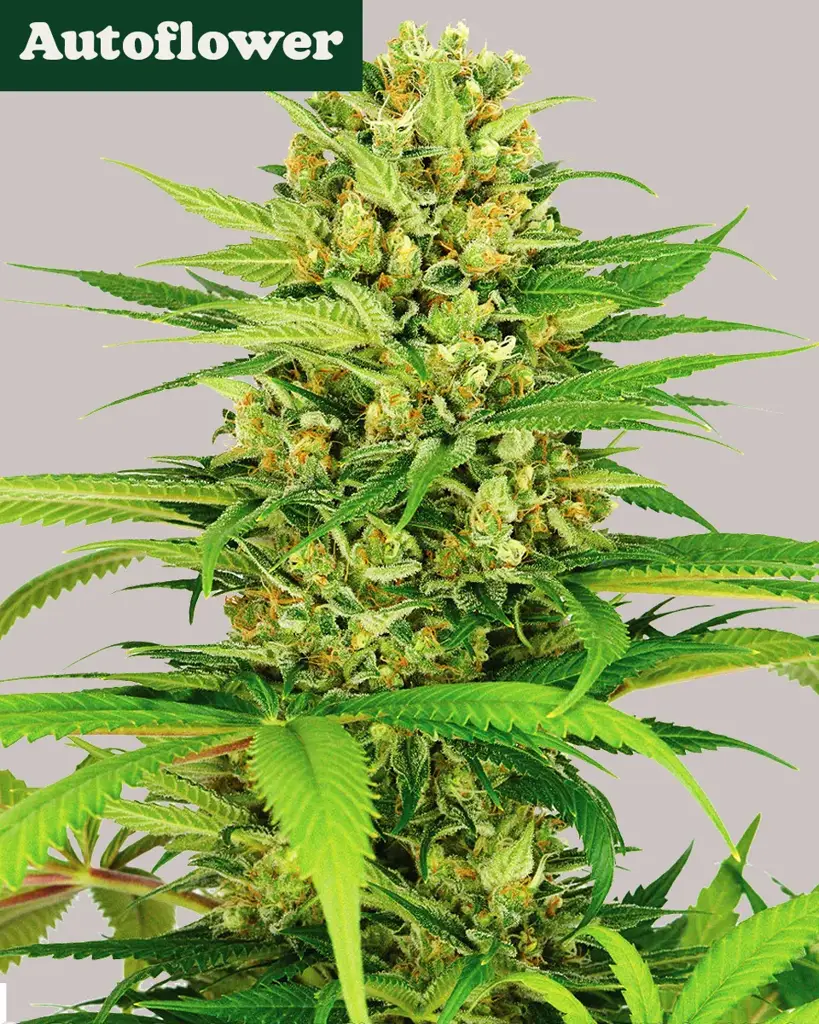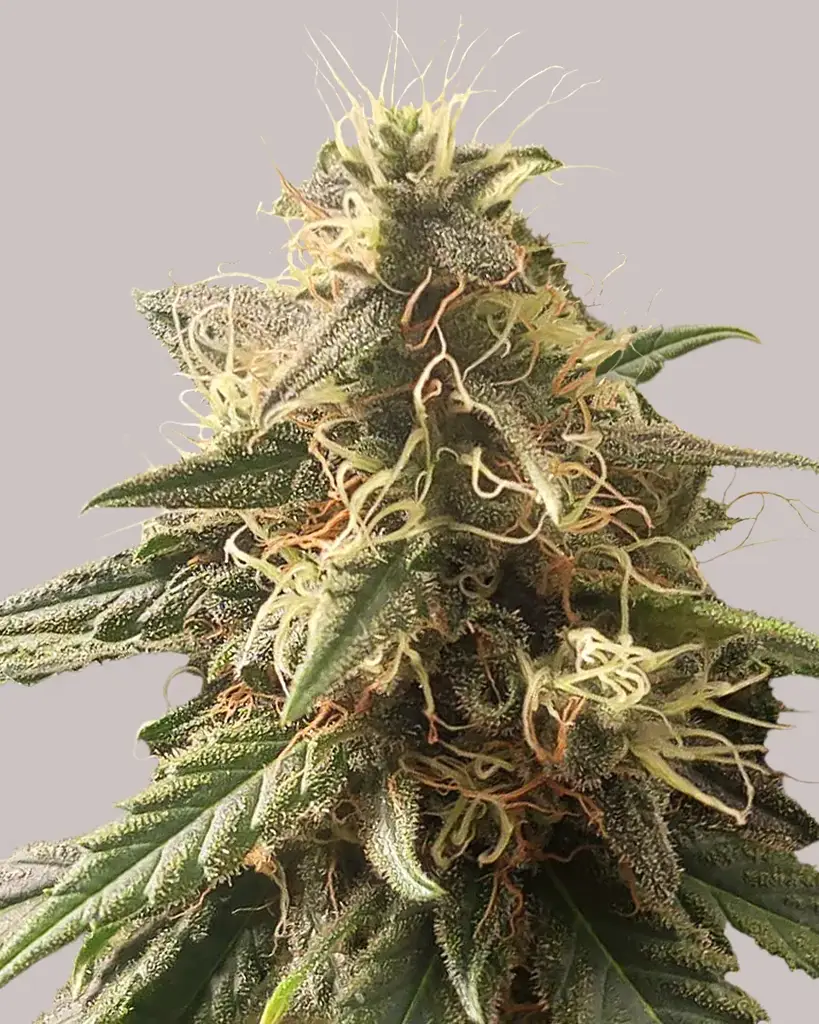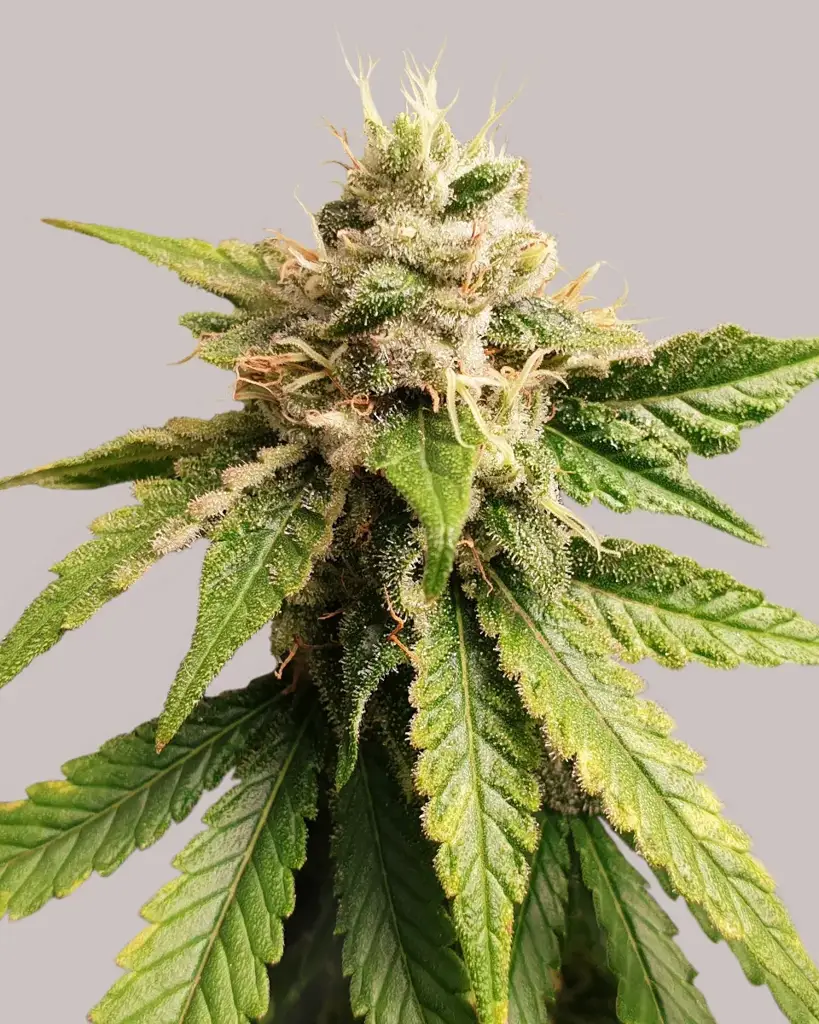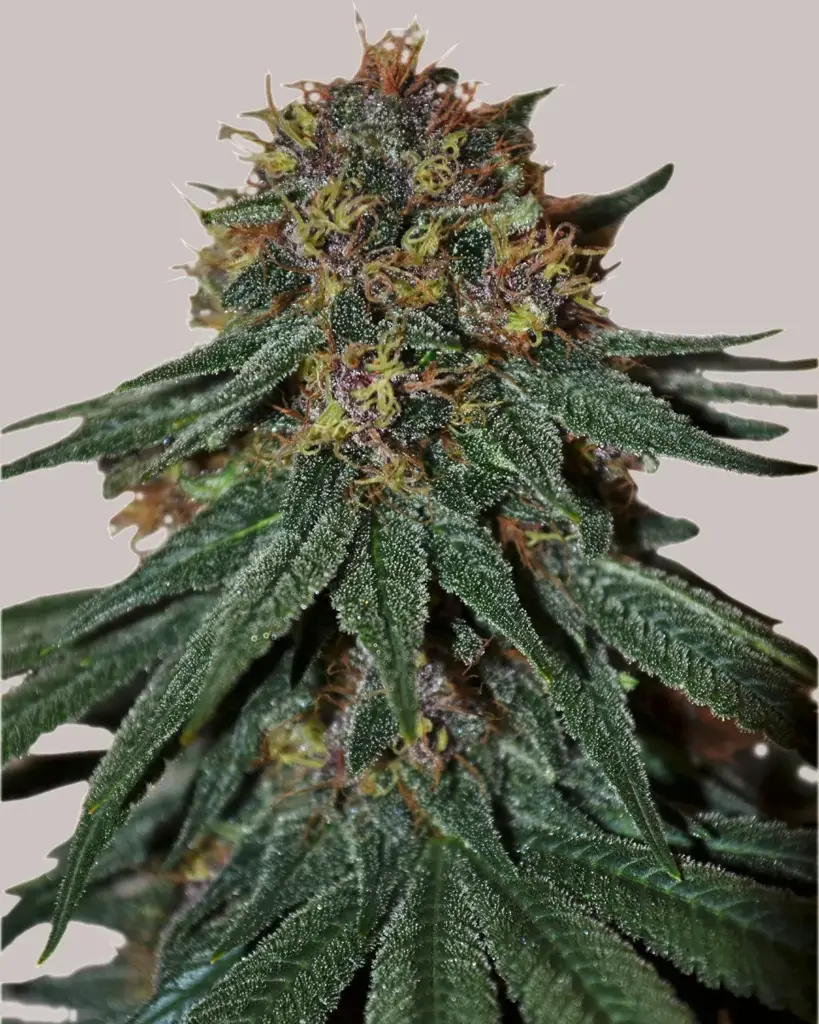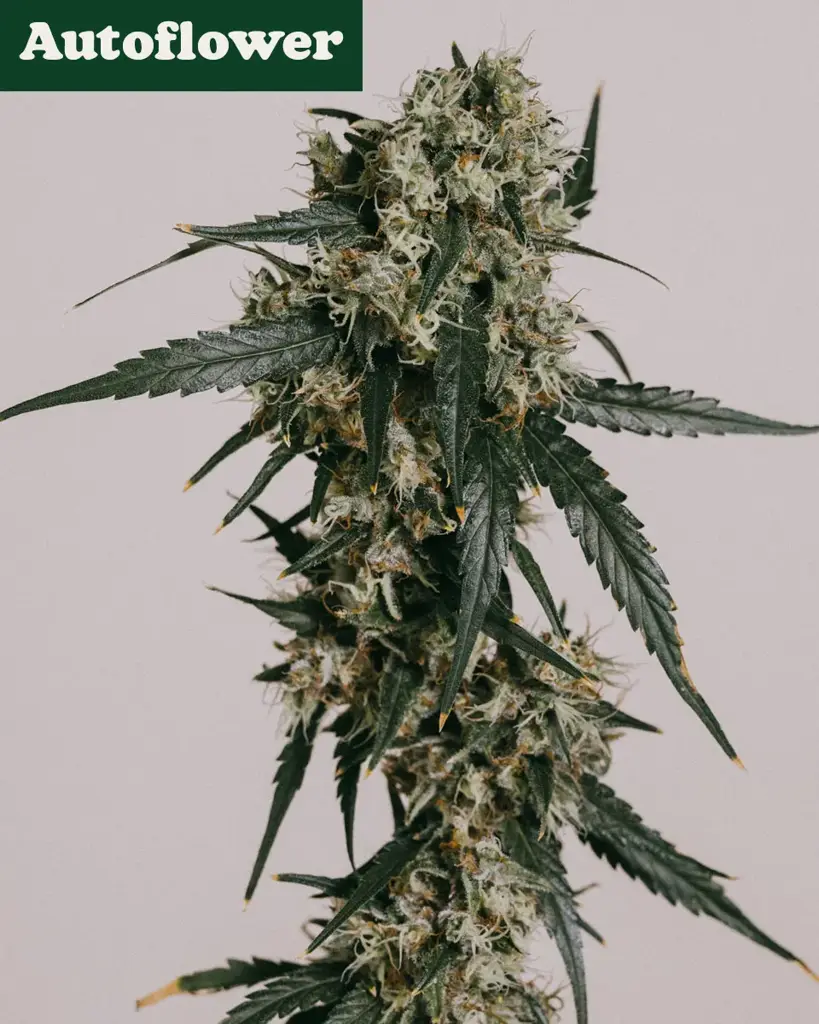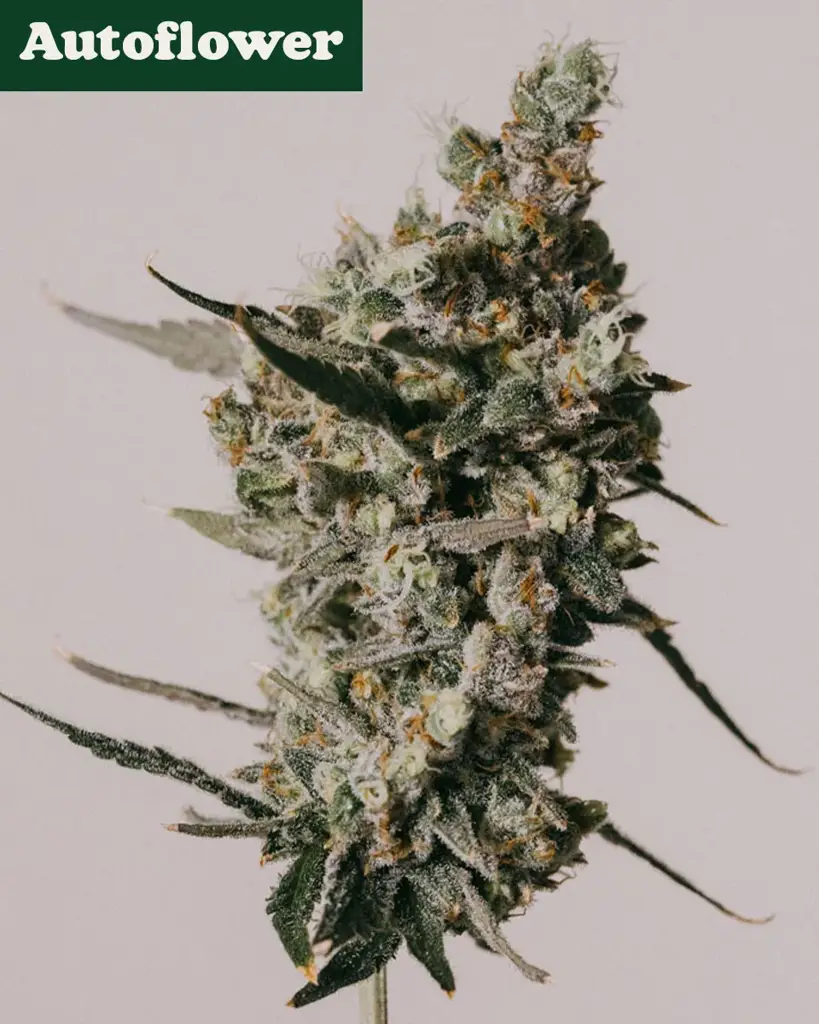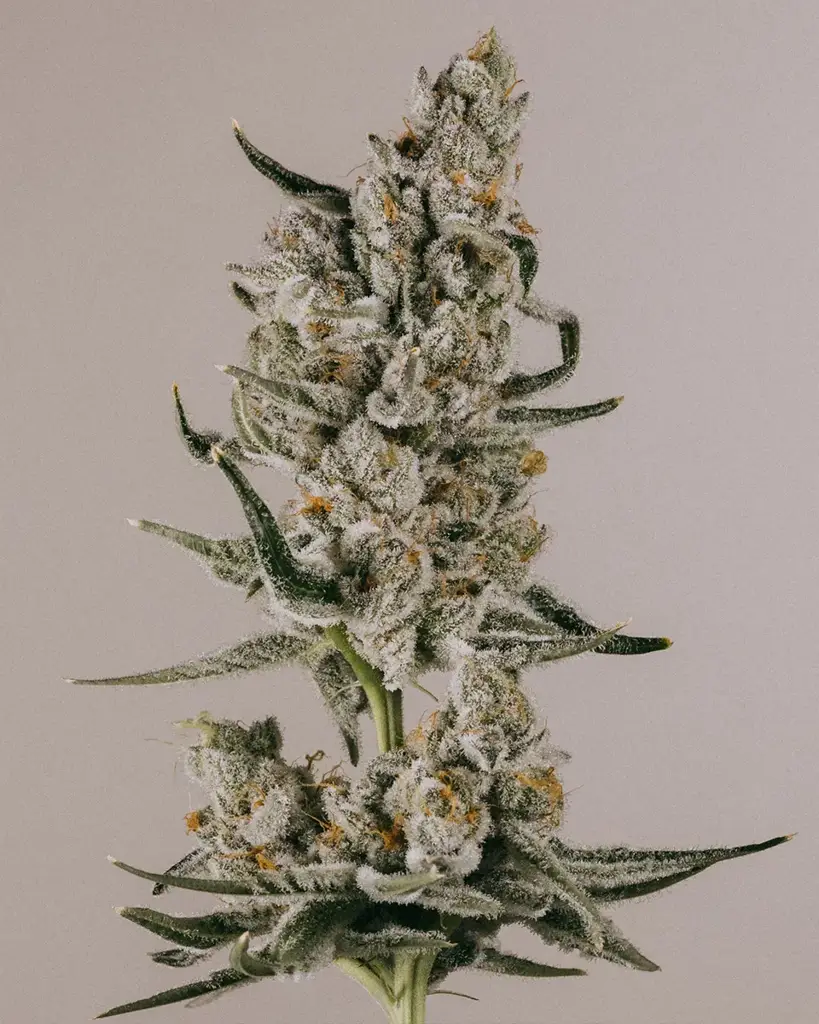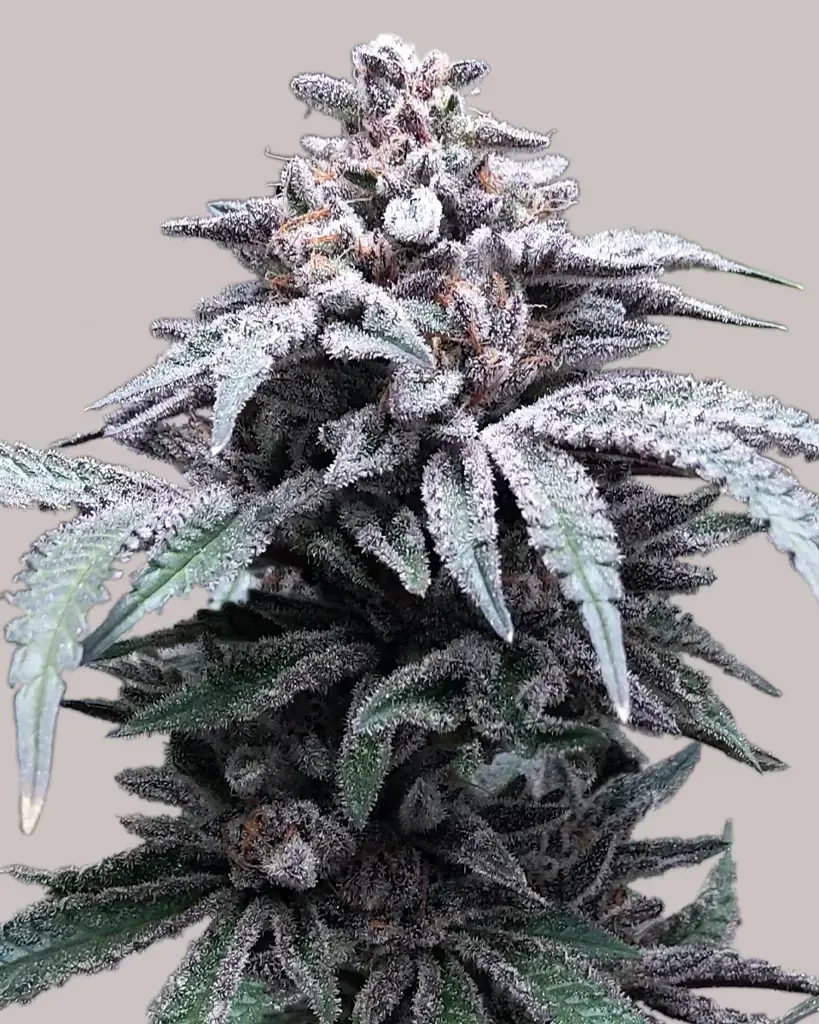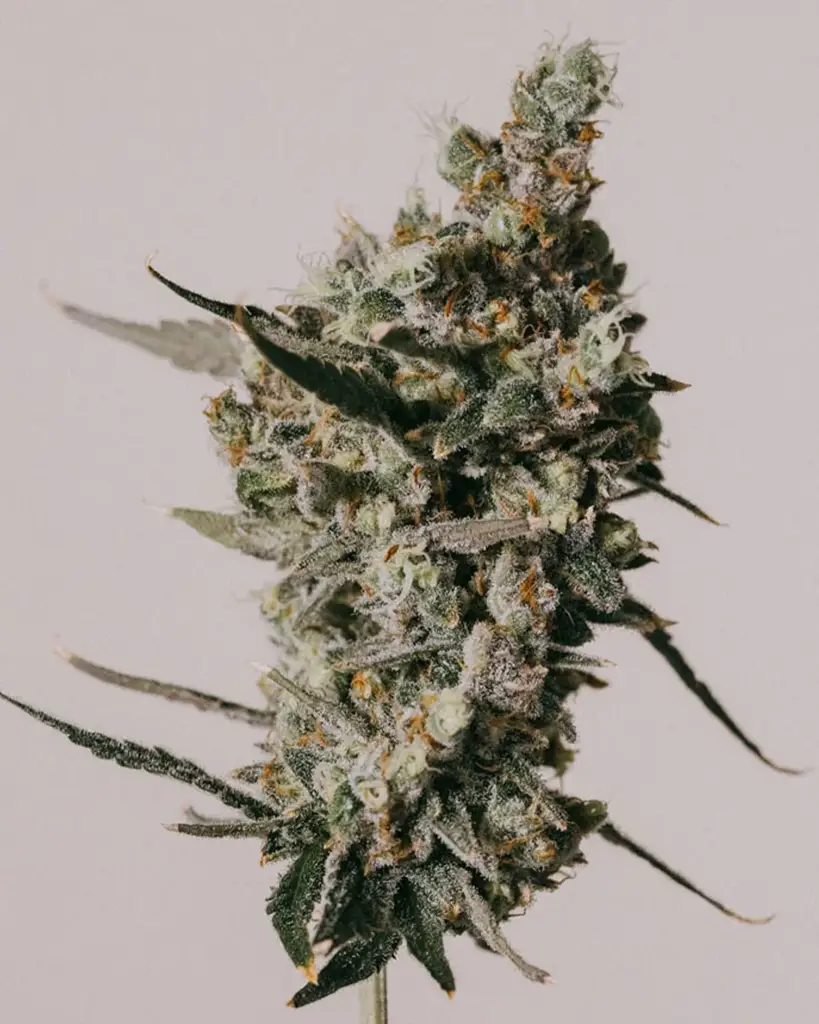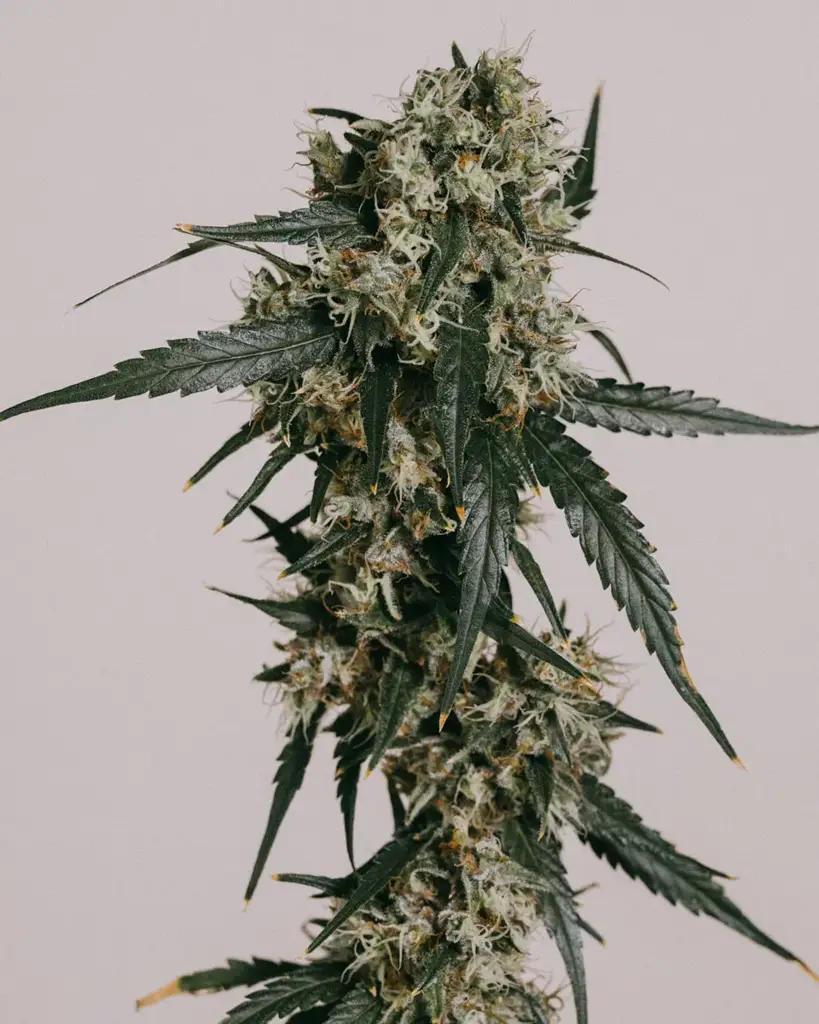
The Best Cannabis Strains from the 1980s
In the 1980s, strict US cannabis laws pushed growers to the Netherlands, fostering innovation in Marijuana cultivation with new genetics and higher THC strains, revolutionizing the industry, noticable even today!
From the 80s to the Future
Good then, even better now
In the 1980s, the image of cannabis in the United States was far from favorable. It was deemed one of the most perilous drugs, and strict prohibitions stifled the development of new strains and growing practices. This led American cultivators and cannabis connoisseurs to seek sanctuary in Holland, which was considered the "weed capital of the world" at the time thanks to its progressive stance on cannabis in the form of coffeeshops where people could enjoy a diverse mix of cannabis flowers and extracts like hash.
The influx of American growers into the Dutch landscape brought forth a wave of innovation. They introduced new genetics and cultivation insights, resulting in superior-quality hybrids with higher THC levels. Breeders like Ben Donkers, Karel Schelfhout, Henk van Dalen, Nevil Schoenmakers, and David Paul Watson were instrumental in this revolution, introducing new cultivars and making various strains more accessible to budding pioneers.
Besides these early pioneers, plenty more brilliant minds were working and charting their way across the 80s landscape. And such minds would continue to tirelessly develop cannabis all the way into the 90s.
To this day, we benefit from their effort; that's why we’re highlighting some of the best 80s cannabis strains at the time. These are weed strains from the 80s that have made a significant impact on the modern marijuana market.
Skunk #1
Chocolope
Northern Lights
Cheese
Haze
Bubblegum
Orange Bud
Super Skunk Seeds
Find the descendants of Skunk #1
Skunk #1 was developed in the early 70s by a group of dedicated growers and breeders known as the Sacred Seeds, led by David Paul Watson or, his more popular moniker, Sam "The Skunkman." He created Skunk #1 by crossbreeding Colombian Gold and Acapulco Gold. After this, he stabilized the genetics through selective breeding, picking out the best traits he saw
When Skunk entered Holland in the 80s, it took off immediately due to its remarkable traits, making it enticing for both growers and connoisseurs. Its abundant yields appealed to cultivators, as did its early flowering. However, the real allure lies in its dense and resinous flowers with very few leaves, which may be commonplace for us nowadays, but at the time, it was revolutionary.
Its large, dense flowers are why Skunk #1 became the foundation for many hybrids. If you're a Super Lemon Haze or Tangie fan, you have Skunk #1 to thank. While it isn't the main reason behind their citrusy flavor (Which isn't to say that Skunk #1 doesn't have a citrusy note), it is responsible for their robust nature and high yields.
While we don't have Skunk #1 available at our store, we do have Super Skunk, an Indica-dominant strain combining Skunk #1 with Afghani.
Chocolope Feminized Seeds
Taste the original
When it came to revolutionizing the flavor of cannabis, there was nothing quite like the change that Chocolope brought to the chocolate niche. The work of Don Morris and Aaron Yarkoni in introducing California cannabis genetics to Holland made waves in the weed capital of the world. One of their prized hybrids was Chocolope, a Sativa-dominant strain made by crossing Chocolate Thai with Cannalope Haze.
The resulting offspring not only introduced new genetics into Holland's cannabis scene but also brought with it a rich chocolate flavor. For seasoned connoisseurs, a draw from Chocolope will also have the nostalgic taste of 80s hashish, reminding you exactly when this strain took off.
Northern Lights
Taste the frosty north
Northern Lights (NL) is one of the most loved Indica-dominant strains in the world for its genetics that helped produce many of the strains we enjoy today. The first commercial autoflower strain, Lowryder, wouldn't have been possible without Northern Lights. Other cultivars, such as Super Silver Haze and Jack Herer, also wouldn't exist.
The reason NL genetics are rooted in so many different strains is similar to why Skunk #1 genetics are prominent. Northern Lights is known for its hardy and bushy plants that can support the weight of its densely packed and resinous flowers, traits which hooked breeders into using NL to make superior-quality hybrids. It also naturally enticed growers with the prospect of cultivating a high-yielding plant that makes top-grade hash, and it has an autoflower variant for those interested.
For the history buffs curious about how Northern Lights came to be, the story goes that it was created in the 70s by a breeder known as "The Indian" on an island near Seattle, Washington. It then ended up in Holland in 1985 in the hands of one Nevil Shoenmakers, the owner of "The Seed Bank of Holland" who established the seed company to stockpile good genetics by collecting different cannabis seeds.
Cheese
Take a bite
Cheese has one of the wilder stories in cannabis history - from the mystery of its creation to what propelled its popularity in the late 80s and 90s. To start things off, we know that Cheese was made from a line of Skunk #1 from the 80s. After that, there's a lot of conjecture, but it's said to have been a part of a selection sent to the UK. From there, that selection produced Cheese, a cultivar known for its hardy yet slender plants that give off a strong odor- much like Skunk #1.
As for what made Cheese so popular, many thought it was because it was a phenotype of Skunk #1. After all, at the time, Skunk #1 had a huge cult following in most of Europe, so there was already a market and a niche that Cheese could tap into.
But, in reality, Cheese’s popularity was because of an underground rave movement in the UK called the Exodus Collective. They were known for their raves, which attracted tens of thousands of people. But they also worked just as hard as they played since the Exodus was also involved in various community projects like housing. They also supported the legalization of cannabis and even tackled the issue of marginalization in the U.K.
And with their strong support of legalizing weed, it’s no wonder that the Exodus also grew their own marijuana, with Cheese being one of their favorites after getting cuttings from it. In fact, the strain and the group itself were so intertwined that their Cheese cutting was eventually called Exodus Cheese. There is also an Cheese autoflower variant available for this strain.
Haze
Haze: Elevate Your Senses. While we don't have Haze available at our store, we do have Purple Haze.
Haze is a sativa hybrid developed in the 70s by R. Haze and J. Haze, known in the cannabis community as the Haze Brothers. These two, with the help of Sam "The Skunkman," created Haze by crossbreeding Colombian and Mexican sativa landrace strains. They received these tropical landrace sativa strains from Sam, who specialized in importing the best sativa strains. But it wasn't just Mexican and Colombian landraces in those Haze's genetics. The Haze Brothers, after selecting the best female hybrids, crossed them with a Southern Indian sativa and then crossed them again with a Thai landrace, creating a three-way hybrid of pure sativas. Haze, the sativa made from exotic landraces, was born.
As a blend of four different strains, it wasn't a surprise that Haze wasn't very stable. But that instability created a popular phenotype we know today as Purple Haze, a cultivar that produces potent flowers and beautiful plants.
Haze and its phenotypes were brought from the U.S. to Holland by Sam "The Skunkman," who started selling the seeds in the 80s. The rest is history.
Although Haze is a very popular cannabis cultivar, with a following that continues to keep this classic strain alive by growing it, it has lost a lot of traction in the community. This is because cannabis enthusiasts have since looked more towards superior-quality hybrids that offer stronger effects. It doesn't help that Haze cannabis plants aren't as appealing compared to newer sativa hybrids in the market.
But comparing a Haze from the 80s to the hybrids we have today feels unfair. We should instead value old-school strains like Haze since they're a dying breed. That’s not to say hybridizing cannabis is a bad idea. It’s left us spoiled with choices when it comes to growing or enjoying cannabis. If you’d like to honor the Haze heritage, enjoy a draw from Super Lemon Haze, Blue Haze, or Pineapple Haze.
While we don't have Haze available at our store, we do have Purple Haze.
Bubblegum
Taste the sweet high
The weed scene of the 80s and '90s is difficult to summarize in just a few words but can be condensed into a single strain, Bubblegum. This sativa-hybrid strain captures the journey of cannabis, illustrating how American growers moved into and integrated themselves with Holland's cannabis scene. At the time, cannabis was still considered a dangerous drug, which meant growers and enthusiasts were under a lot of scrutiny. Holland became a sanctuary for them. One such group was a bunch of growers in Indiana who created Bubblegum.
They didn't have a name, and the specific strains that they used to create Bubblegum were also unknown, perfectly capturing the Wild West cannabis scene during that decade. People didn't have the time to write down which strains they used for crossbreeding. Thanks to that, the only thing we know about Bubblegum is that it has Afghani genetics since one of its parents (Indiana Bubblegum) is said to be a cross between Afghani and an unknown strain.
But it's not the history of this strain that made it such banger bud in the 80s scene. Like Chocolope, Bubblegum (also in autoflower variety) is lauded for its distinct tutti-frutti bubblegum scent and taste. In fact, Bubblegum was popular enough to win two Cannabis Cup Awards in 1994 and took second place in the 1995 and 1999 Cannabis Cup Awards.
Orange Bud
Zest up your high
Orange Bud has some of the strongest staying power on this list, as this 80s strain remains popular, and you’ll still find it in Amsterdam's coffeeshops. This is a testament to the quality of the Skunk line since Orange Bud is a phenotype from Skunk #1, but it would be a disservice to ignore the Dutch Passion team that stabilized its genetics.
It took them years to stabilize Orange Bud, but eventually, they presented the cultivar in the 1980s, where it immediately became a hit among enthusiasts—loved for its potent effects, distinct orange aroma, and equally rich skunky taste. Soon, Orange Bud found itself in coffee shops, where it remained a staple.
But the popularity of Orange Bud reached beyond the confines of Amsterdam enthusiasts. Growers have also taken a liking to it, mainly since it produces high-quality cannabis that's both strong and flavorful. So, try Orange Bud if you want to grow a good citrusy sativa. And if you've grown this cultivar once before, where's the harm in growing it again?


